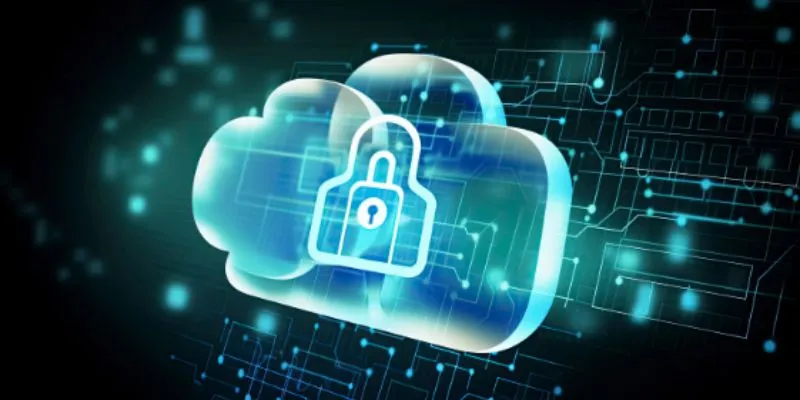In the digital age, securing cloud environments is crucial for protecting sensitive data and ensuring operational integrity. Amazon Web Services (AWS) offers a robust cloud infrastructure, but its security largely depends on how well it’s configured and managed. With AWS hosting critical applications and data for countless organizations, understanding how to secure your AWS environment is essential. This blog will guide you through key practices and strategies to enhance the security of your AWS environments. Unlock your AWS potential! Embark on a AWS journey with our AWS Classes in Chennai. Join now for hands-on learning and expert guidance at FITA Academy.
- Implement Strong Identity and Access Management (IAM)
The foundational steps in securing your AWS environment is implementing a robust Identity and Access Management (IAM) strategy. IAM allows you to controls who can access your AWS resources and what web actions they can performs. Start by following these practices:
- Use IAM Roles: Instead of using root accounts for day-to-day operations, create IAM roles with the minimum permissions necessary for each user or service. This reduces the risk of unauthorized access.
- Apply the Principle of Least Privilege: Grants only the permissions that are absolutely necessary for a user or application to perform its tasks. Regularly review and update permissions to ensure they align with current needs.
- Enable Multi-Factor Authentication (MFA): Enhance security by requiring MFA for all users, especially for accounts with high-level privileges. MFA adds an extra layer of protections by requiring additional verification beyond just a password.
- Secure Your Data with Encryption
Protecting your data is crucial, and AWS provides several tools to help secure it through encryption. Here’s how you can effectively use encryption:
- Encrypt Data at Rest: Utilize AWS services like Amazon S3 and Amazon EBS to encrypt data stored on disk. For Amazon S3, enable server-side encryption (SSE) to automatically encrypt data when it’s written to S3 and decrypt it when accessed.
- Encrypt Data in Transit: Use AWS Certificate Manager (ACM) to provision and manage SSL/TLS certificates for secure data transmission over the internet. Ensure that all communications between your services and users are encrypted using HTTPS.
- Manage Encryption Keys: Use AWS Key Management Service (KMS) to create and manage encryption keys. Implement key rotation policies and manage access to these keys to maintain data security.
- Monitor and Audit Your AWS Environment
Effective monitoring and auditing are critical for identifying and responding to security incidents. AWS provides various tools to help you monitor and audit your environment:
- Enable AWS CloudTrail: CloudTrail records API calls made on your account, providing detailed logs of who accessed your resources and what actions were taken. Regularly review these logs for any unusual or unauthorized activities.
- Use Amazon CloudWatch: CloudWatch enables you to monitor the performances and health of your AWS resources. Set up alarms for any abnormal behavior or security-related events, and integrate it with automated response mechanisms.
- Conduct Regular Security Audits: Regularly perform security audits and vulnerability assessments using tools like AWS Inspector or third-party services. This helps in identifying potential security gaps and addressing them proactively. Learn all the AWS techniques and become an AWS developer. Enroll in our AWS Online Course.
- Implement Network Security Best Practices
Securing your network is another crucial aspect of protecting your AWS environment. Follow these best practices to enhance network security:
- Use Virtual Private Cloud (VPC) Security Features: Configure VPC security groups and networks access control lists (ACLs) to control inbound and outbound traffic. Establish a well-defined network architecture that restricts access to critical resources.
- Implement Network Segmentation: Divide your network into different segments using VPCs, subnets, and security groups. This limits the potential impacts of a security breach and helps in isolating sensitive resources.
- Enable AWS Shield and WAF: Use AWS Shield for DDoS protection and AWS Web Application Firewall (WAF) to protects your web applications from common web exploits. These services provide additional layers of security against malicious attacks.
Securing your AWS environment requires a multi-faceted approach, combining strong identity management, data encryption, vigilant monitoring, and robust network security practices. By implementing these strategies, you can significantly enhances the security of your AWS infrastructure and protect your data from potential threats. Remember that security is an ongoing process, and staying informeds about the latest best practices and AWS updates is crucial for maintaining a secure cloud environment. Investing in these security measures will help ensure that your AWS resources remain protected and resilient against evolving threats. Explore top-notch Best Software Training Institute in Chennai. Unlock coding excellence with expert guidance and hands-on learning experiences.
Read more: AWS Interview Questions and Answers



